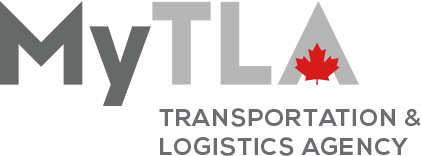Control Costs
Establishing the optimal logistics costs and service levels for your vertical industry is key.
Shipping costs are controlled with an effective deployment of data, technology and through an apples to apples cost benefit analysis of logistics market services.
The average shipper spends approximately 5-10% of cost of goods sold for logistics services. Huge volume retailers like Costco or Walmart might be able to negotiate that down to 3%. Emergency parts shipments to grounded aircraft or mining sites might pay 1000% of cost of goods sold. Seasonal fashion shipments might need to be shipped using expensive air freight services whereas non-urgent stock transfers might be shipped using inexpensive intermodal (rail and truck) services.
Planes, trains, boats and trucks are perpetually going back and forth and their space or capacity is continually being bought and sold according to the laws of supply and demand. RFQ’s can offer a good snapshot but accessorial fees, general rate increases, fuel surcharges and billing errors can confound even the best laid estimates so tools and processes are needed to measure and analyse actual spend on an ongoing basis.
The average small or medium sized company requires constant monitoring and management of their landed costs. By working with a forwarder, broker or third-party logistics company (3PL), the SME will typically benefit from external expertise and higher volume discounts than they could secure with just their own volume.
Modern-age logistics companies develop, customize and invest in all kinds of innovative technology to control costs and automate your logistics processes. Some of these turn-key, web-based tools are offered to their customers at little or no cost, with training, customization and they can often be integrated with a shipper’s ERP or other systems. The ongoing avoidance of I.T. development costs for your company can be significant and these tools are loaded with industry insight and know-how, so you don’t have to re-create the wheel with your own I.T. team.
You can’t manage what you can’t measure. Logistics pricing is all driven by data: size, dimension, weight, origin, destination, frequency and volumes. Start today by developing a process by which you will gather this data either from your ERP, spreadsheets or historical volume reports. Your logistics provider can provide you with valuable insight into your landed costs but without the specifics, it is all theoretical.
Transactional costs can always be negotiated based on supply and demand of logistics services, but MyTLA provides your company with the tools, processes and partners to consistently strike a valuable balance between cost and service level on every shipment. The ultimate goal is to thrill your customer with the optimal service level and landed cost.
MyTLA VIRTUAL LOGISTICS MARKETPLACE
Enter the MyTLA virtual logistics market place for a free 30-minute consultation with a MyTLA agent.
